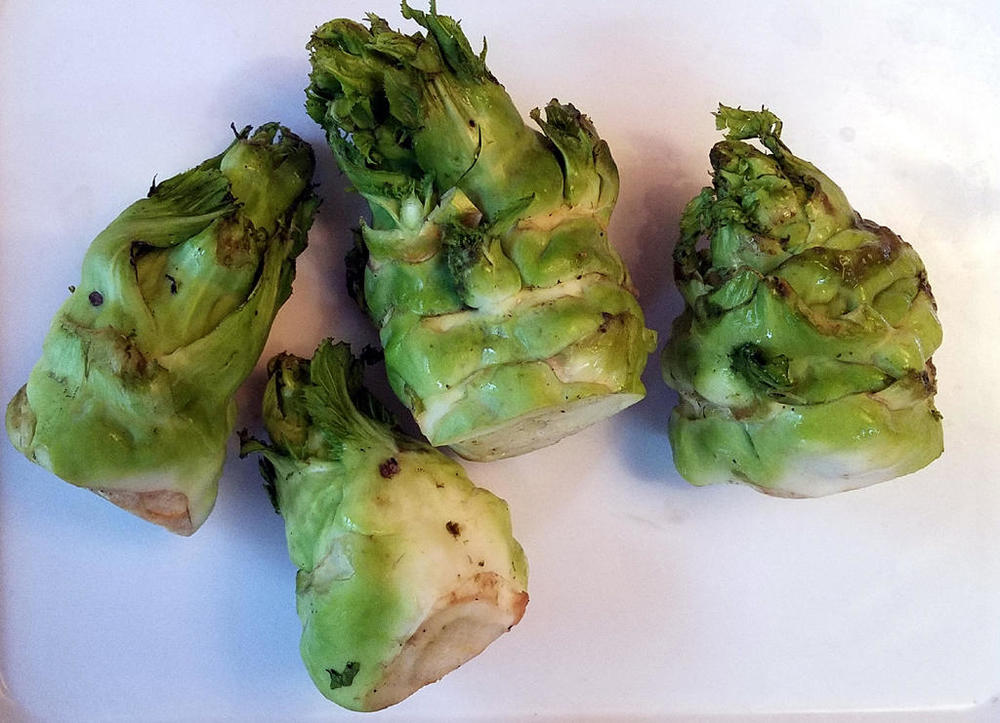This morning, I came across something in the supermarket that I don't recall seeing before. I had a vague inkling as to what it might be, but wasn't sure.
When this supermarket opened a few years back, it seems they had a competition among the staff to see who had the best Chinese handwriting. The person who came in last was given the job of writing all the hand-written signs in the fresh food area. They are illegible. The only way to identify things you don't know is to ask the staff at the weigh station or take a chance and then read the label their scales magically produce indicating the price and identity.
This cunning ruse failed immediately. As I approached the station, the guy behind it looked at me most strangely as if I had deliberately smuggled some alien vegetable lifeform into his store just to upset him.
"What's that?" he asked.
"I'm not sure," I wittily responded.
Several seconds of silence ensued as he stood there panicking, then he said "wait a minute" and ran off in search off a manager. Miraculously, this was a successful strategy and he returned to consult his long list of vegetables to find the code he needed to enter.
Then he handed me my choice of duly labelled produce.
I immediately looked at the printed name and read 肉芥菜 (ròu jiè cài). My inkling was spot on. Mustard root!
The leaves of the plant are ubiquitous in the local cuisine - I featured them pages back, but now we have the roots, which research informs me is the new big thing.
They can be treated like any other root vegetable: boiled, roasted, steamed; and of course stir fried.
(One source gives me the very useful information that, in parts of Africa, they are considered to be an aid to promoting lactation in those people who do such things.)



